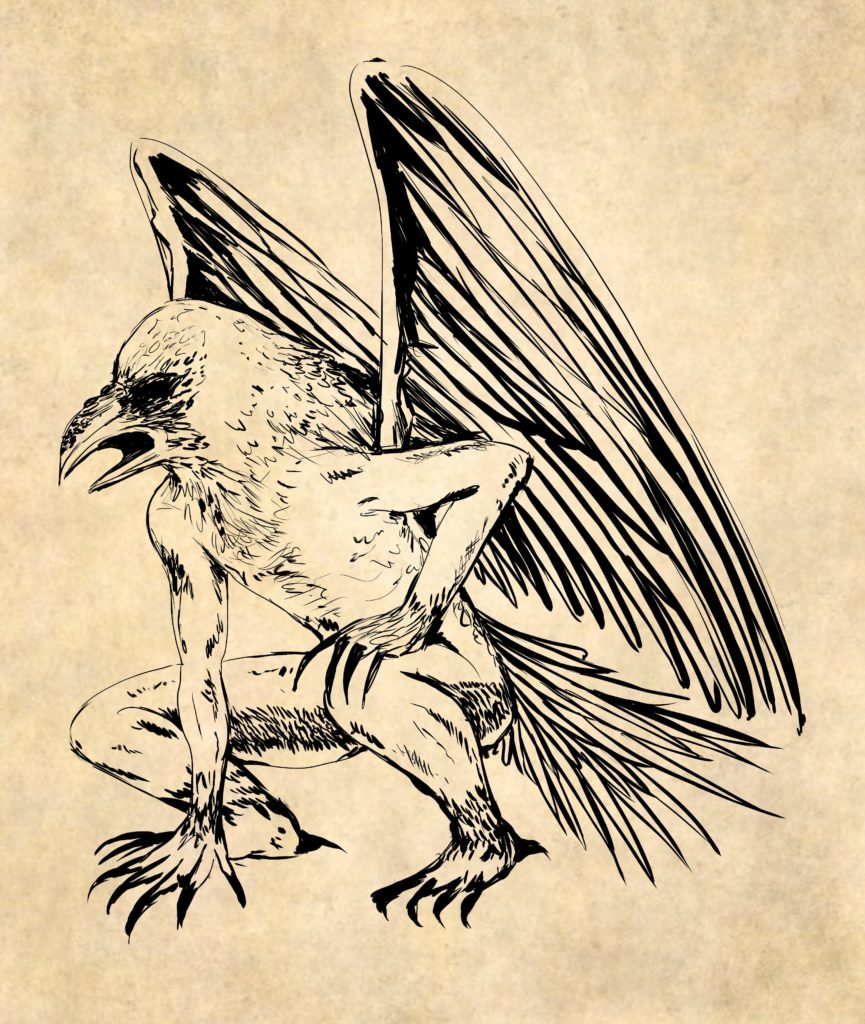Ruprecht Ludwig Ernst Moritz Baron from Boecklin to Boecklinsau
Member from 1910-1955


There is not much known about the private side of the last baron of Rust, Ruprecht Baron from Boecklin to Boecklinsau. Despite his outstanding position in the local community, he shied away from the Rust public. He was considered a man of few words, with a strong sense of justice.
One of Ruprecht’s few known passions was hunting. He did not demand trophies from exotic countries, however – though it may have been customary in aristocratic circles at that time – no, he committed himself to the preservation of flora and fauna, and went about a simple hunting activity. Out of conviction – not out of financial necessity.
Diligent and conscientious, he pursued this path at an early age, and perhaps his life would have continued in this frugality, had it not been for the one fabled night in 1908. This night would change this life and ultimately make him the hunter that, years later, would write history in the Adventure Club of Europe.
The sun had already set for a few hours and I listened in the deerstand to the cricket symphony in our beautiful forest and admired the fireflies in the bright full moonlight. Then suddenly a shadow flew past the moon, darkening the silver disc for a moment. I was startled, looked up, and what I saw was unimaginable. A bird, possibly a gigantic raven, flew over me in the direction of Rust. Its wingspan was certainly five or six meters, almost twice as much as that of the largest known bird of our time – the Wandering Albatross. With shaky knees, I hurried down the ladder and ran after the monster.
– From the diary of Ruprecht Baron from Boecklin to Boecklinsau
Ruprecht followed the giant raven to the village, where to his shock he saw it sitting on the roof of the local children’s home. He reported that the bird shattered the skylight with its claw and pulled out one of the screaming children. Immediately Ruprecht opened fire. He shot the raven twice in the side before he left the child and turned to Ruprecht. A third shot struck the monster’s left wing, which then fled and vanished forever into the dark night.
Ruprecht set himself a life goal: to hunt down this monster and keep it away from the people. From 1909 he traveled through Baden and the Black Forest and, with the help of the description of the locals, pursued the creature in different places, until he likely killed it.
This mission, alongside his heroic courage, earned him membership to the ACE in 1910, where he was a valued and welcome colleague until his death in 1955.
However, the death of the giant raven could never be confirmed, which earned Ruprecht, especially within southern Germany, many critics and doubters. The few who believed him suspected that the raven had bled out that night, others among them rumoured it had just moved deeper into the Black Forest. In addition, the raven was quickly considered on a level with the legendary figure of the Night Crab, which in turn proved to the critics that everything must have sprung from the baron’s thriving imagination. Ruprecht himself did not comment on all the allegations and conjectures until his death.
He was just a man of few words – and great deeds.


